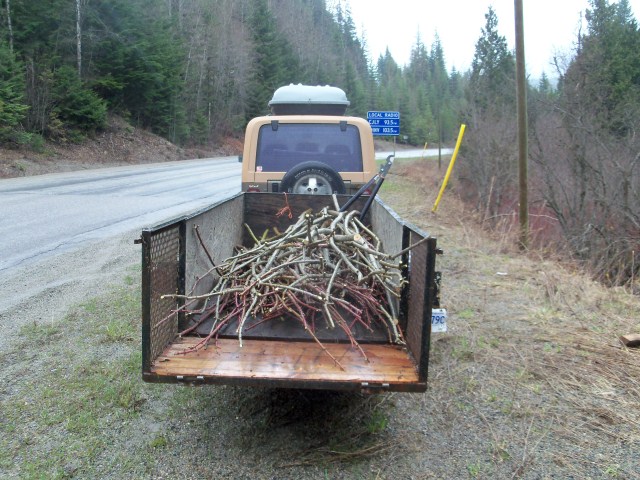This page shows some example willow harvest areas, divided into Upland Willow Areas and Riparian Willow Areas.
Upland Willow Areas
The upland willow examples below are believed to be mostly Scouler’s Willow, but possibly also some Bebb’s Willow. The sites shown are all moderately dry and well drained.
Upland Willow Example Area 1
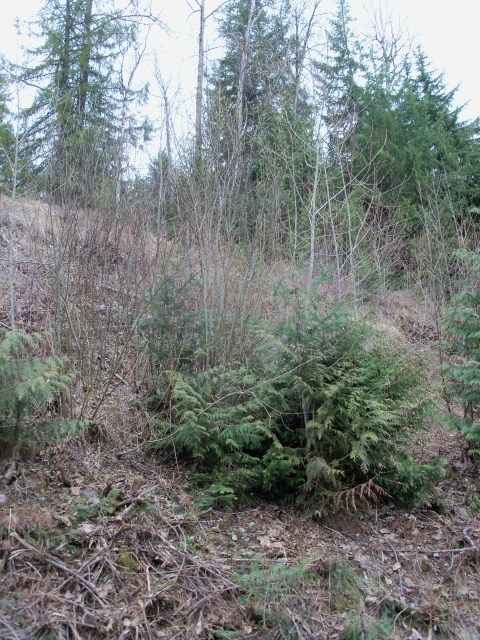
Photo 1: Dormant upland willow (probably Scouler’s) in a power line right-of-way (also a few young cottonwood seen). April 15/12, near Nelson, B.C.
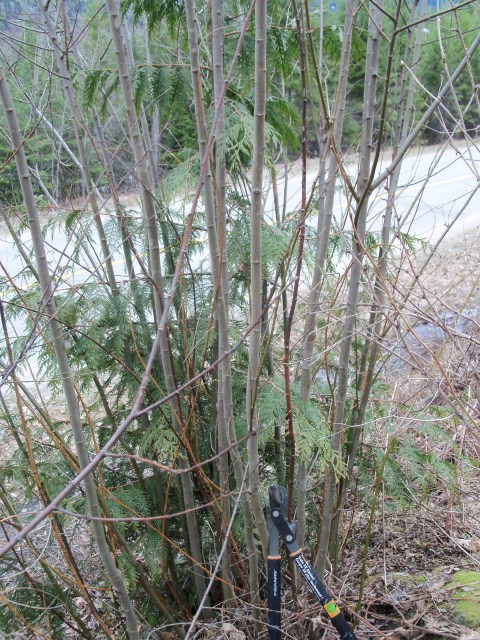
Photo 2: Willow seen in Photo 1. This material is about 3 years old and ideal for producing TRS Cuttings (3-4 cm diameter at base). Note how straight the stems are.
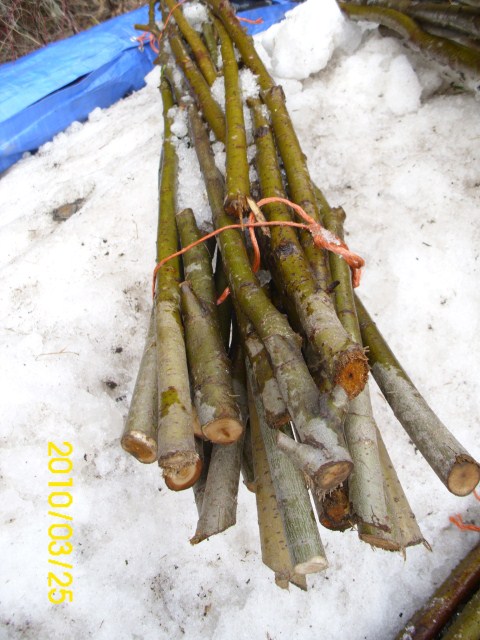
Photo 3: Live cuttings collected from a Scouler’s Willow similar to that in Photo 2. Being stored on snow.
Upland Willow Example Area 2
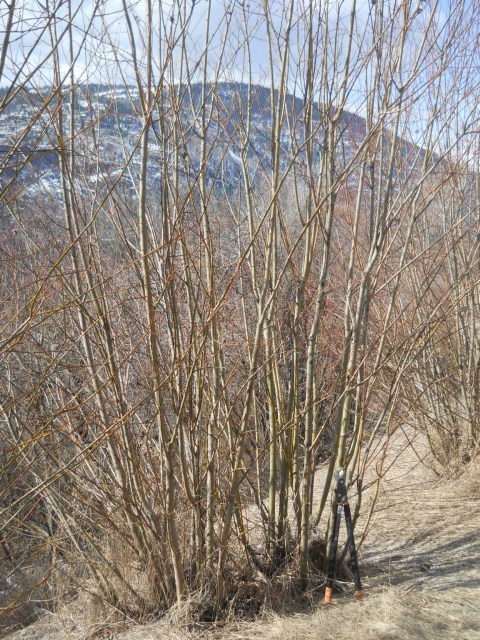
Photo 4: Dormant Scouler’s willow near Waneta B.C. This growth is five years old and is suitable for soil bioengineering uses (larger stems) or production of TRS Cuttings (stems range from 3 to 5 cm in diameter). March 4/13
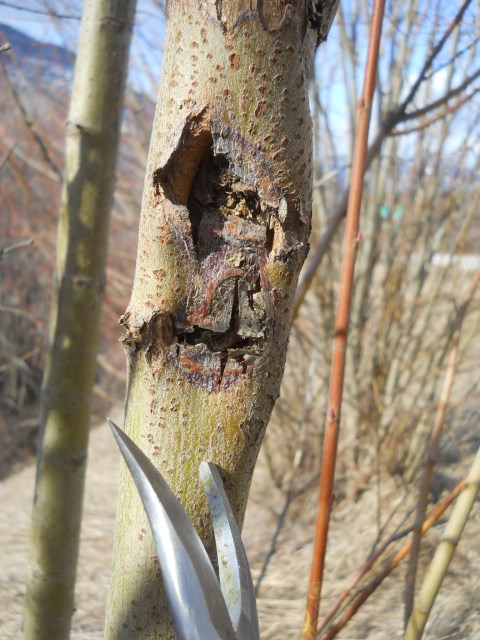
Photo 5: Although the willow shown in Photo 4 is generally vigorous and healthy, some stems were infected with Willow Borer Weevil. The material was carefully examined during harvest to ensure infected material was not collected.
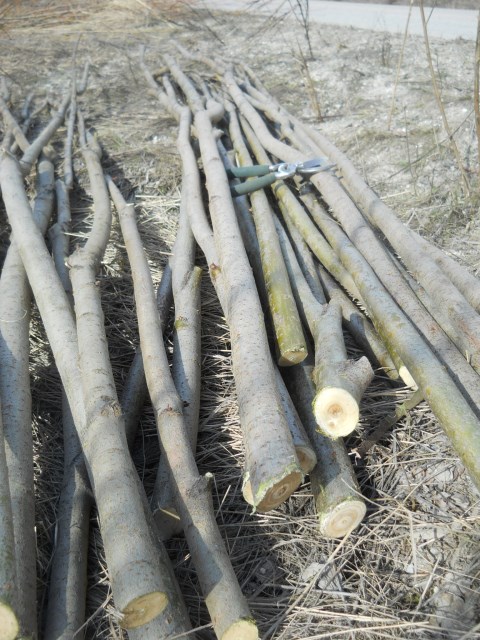
Photo 6: Live cuttings collected from willow seen in Photo 4. This was all cut using a Fiskars lopper.
Upland Willow Example Area 3
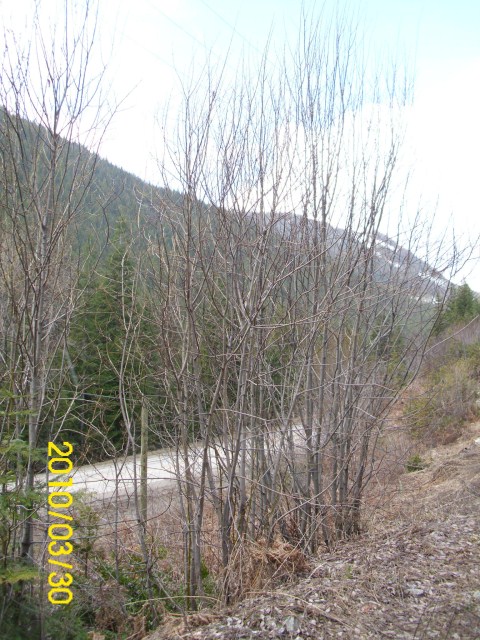
Photo 7: Upland willow (probably Scouler’s) adjacent to Hwy.6 near Nelson, B.C. This material is probably 8-10 years old but is still vigorous and healthy. March 30/10
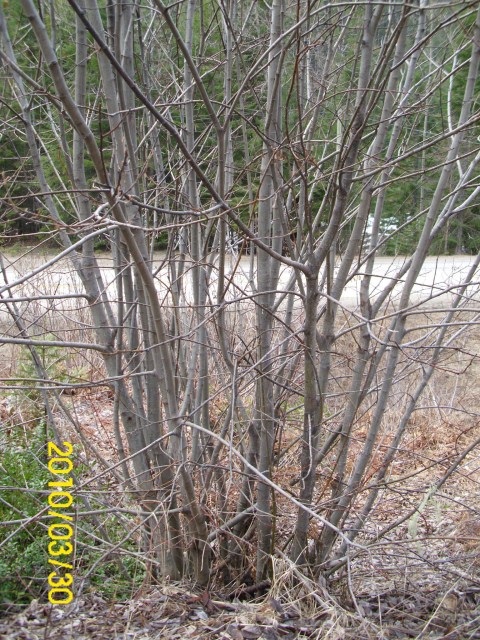
Photo 8: Close-up of willow in Photo 7. This is material is 5-6 cm in diameter and generally larger than what’s wanted to produce TRS Cuttings (although the upper portion of each stem would work fine). It is excellent willow for soil bioengineering projects on upland sites. Material this size should be cut with a chainsaw.
Upland Willow Example Area 4
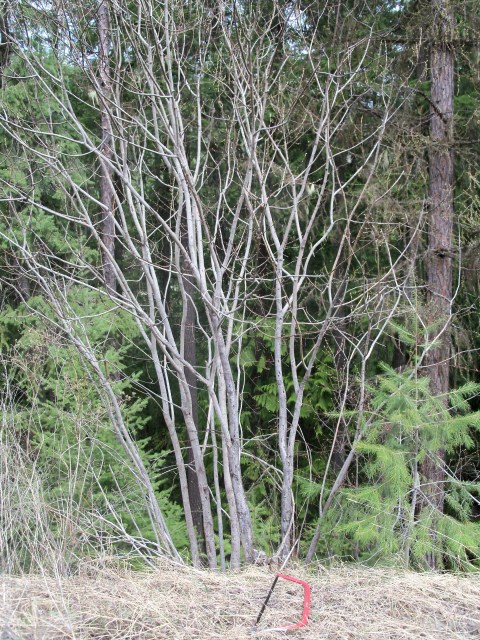
Photo 9: This very old (12+ years), decadent upland willow (probably Scouler’s) is heavily infested with Willow Borer Weevil. This is not good material for live cuttings. April 15/12, near Nelson, B.C.
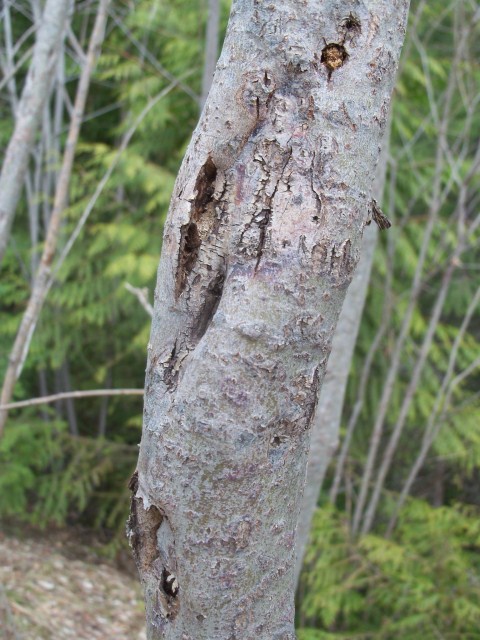
Photo 10: Close-up of willow above showing damage by Willow Borer Weevil. Most of the stems in this area were infected.
Riparian Willow Areas
The riparian willow examples below are all Sitka Willow (branch ends were placed in water until catkins appeared). The plants are all growing in moist to very wets areas in soil ranging from gravelly to organic.
Riparian Willow Example Area 1
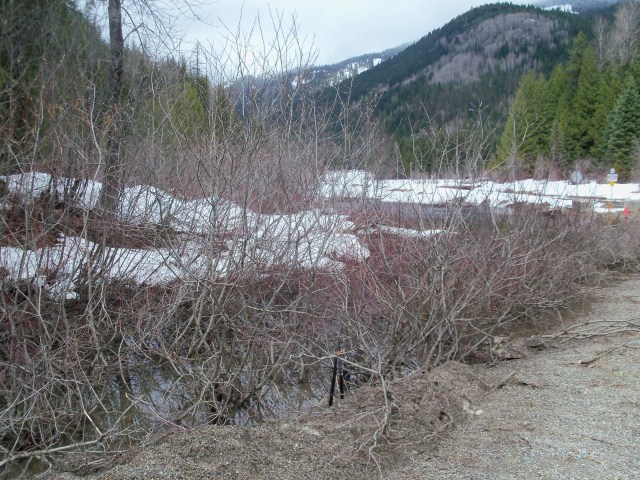
Photo 11: Sitka Willow in a seasonally flooded ditch along Hwy.6 near Nelson, B.C. This entire bush had male catkins and was probably one clone. May 1/12
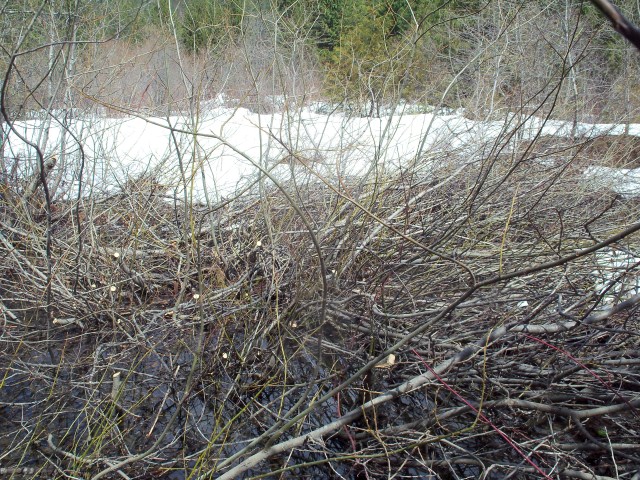
Photo 12: Sitka Willow in a seasonally flooded ditch across the highway from area in Photo 11. This entire bush had female catkins. Selective harvesting of stems from this clump is complete. May 1/12
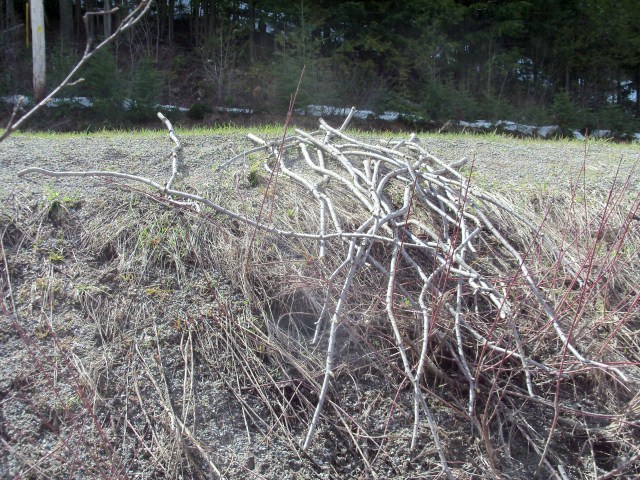
Photo 13: Live cuttings collected from willow above. Note the twisted form of these cuttings; this is typical of Sitka Willow.
Riparian Willow Example Area 2
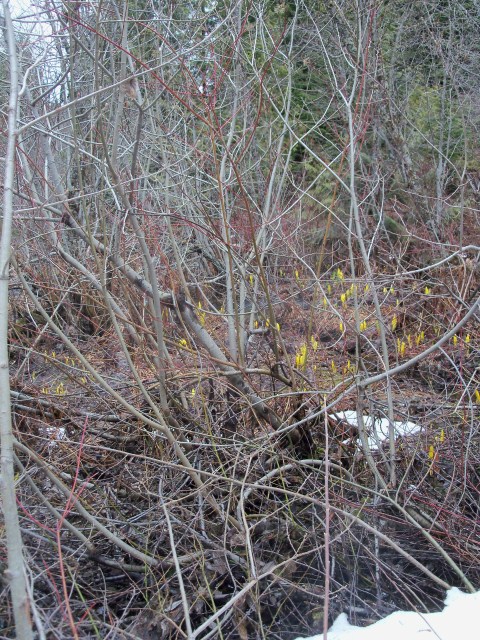
Photo 14: Mix of Sitka Willow and Red-osier dogwood in a very wet skunk cabbage area. Only a few stems were selectively cut from this area. Near Nelson, B.C. May 4/12
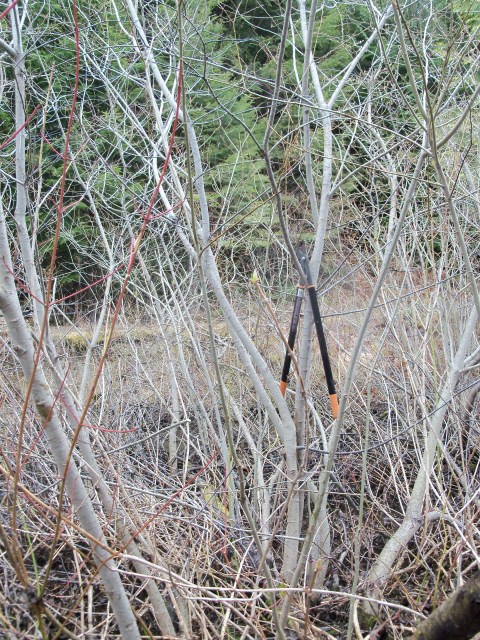
Photo 15: Large mature Sitka Willow in the same area. This is very nice material but is too large to be cut manually with a Fiskars lopper. May 4/12

